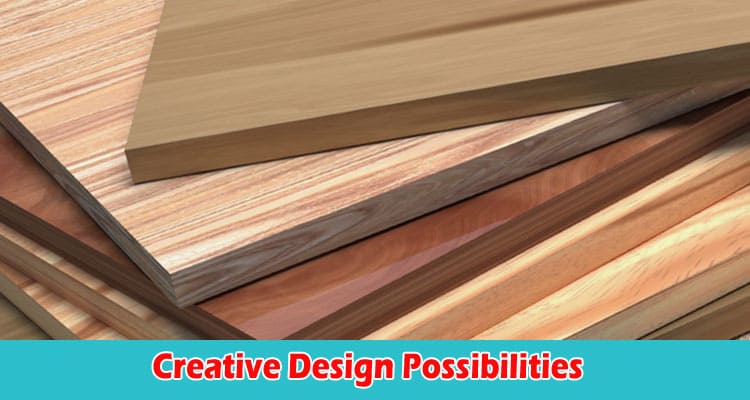In the world of woodworking and furniture design, creativity knows no bounds. From sleek modern pieces to timeless classics, every project presents an opportunity for expression and innovation. And when it comes to adding those finishing touches that truly make a piece unique, veneer edgebanding emerges as a versatile and indispensable tool. In this article, we explore the boundless creative design possibilities that veneer edgebanding offers, inspiring craftsmen and designers to push the boundaries of their imagination.
Elevating Aesthetics with Natural Beauty
Veneer edgebanding is renowned for its ability to enhance the natural beauty of wood. Whether it’s the rich warmth of cherry, the elegant grain of walnut, or the subtle sophistication of maple, veneer edgebanding allows craftsmen to seamlessly extend the beauty of solid wood to the edges of their creations. By carefully selecting complementary wood species and grain patterns, designers can achieve stunning visual effects that elevate the aesthetics of their furniture and cabinetry to new heights.
Intricate Inlays and Patterns
One of the most exciting aspects of working with veneer edgebanding is the opportunity to create intricate inlays and patterns that add depth and dimension to a piece. From simple geometric designs to elaborate marquetry motifs, the possibilities are limited only by one’s imagination. By carefully cutting and arranging veneer strips of different colors and textures, craftsmen can create striking visual effects that serve as focal points or subtle embellishments, imparting a sense of craftsmanship and artistry to their work.
Custom Color Matching and Contrasting
Veneer edgebanding offers unparalleled flexibility when it comes to color matching and contrasting. With a wide range of wood species available, craftsmen can easily find the perfect match for their project or create eye-catching contrasts that highlight the beauty of different wood tones. Additionally, veneer edgebanding can be stained, dyed, or finished to achieve custom colors and effects, allowing designers to tailor the look of their pieces to suit any style or preference.
Seamless Integration with Design Elements
One of the greatest strengths of veneer edge banding is its ability to seamlessly integrate with other design elements. Whether it’s blending into the natural wood grain of a tabletop or accentuating the clean lines of a modern cabinet door, veneer edgebanding can be tailored to suit any design aesthetic. Its thin profile and flexible nature make it ideal for wrapping around curves and contours, allowing craftsmen to achieve smooth transitions and clean lines without sacrificing durability or stability.
Practical and Versatile Applications
Beyond its aesthetic appeal, veneer edgebanding also offers practical benefits that enhance both form and function. Its thin profile and lightweight construction make it ideal for use in curved or irregularly shaped pieces, where traditional solid wood edging may be impractical or cost-prohibitive. Additionally, veneer edgebanding can be applied to both raw edges and pre-finished surfaces, making it a versatile solution for a wide range of woodworking projects.
In conclusion, veneer edgebanding opens up a world of creative possibilities for craftsmen and designers alike. From enhancing the natural beauty of wood to creating intricate patterns and inlays, its versatility and flexibility make it an indispensable tool for bringing design visions to life. Whether used as a subtle accent or a bold statement, veneer edgebanding allows artisans to imbue their creations with a sense of artistry and craftsmanship that sets them apart from the ordinary.







